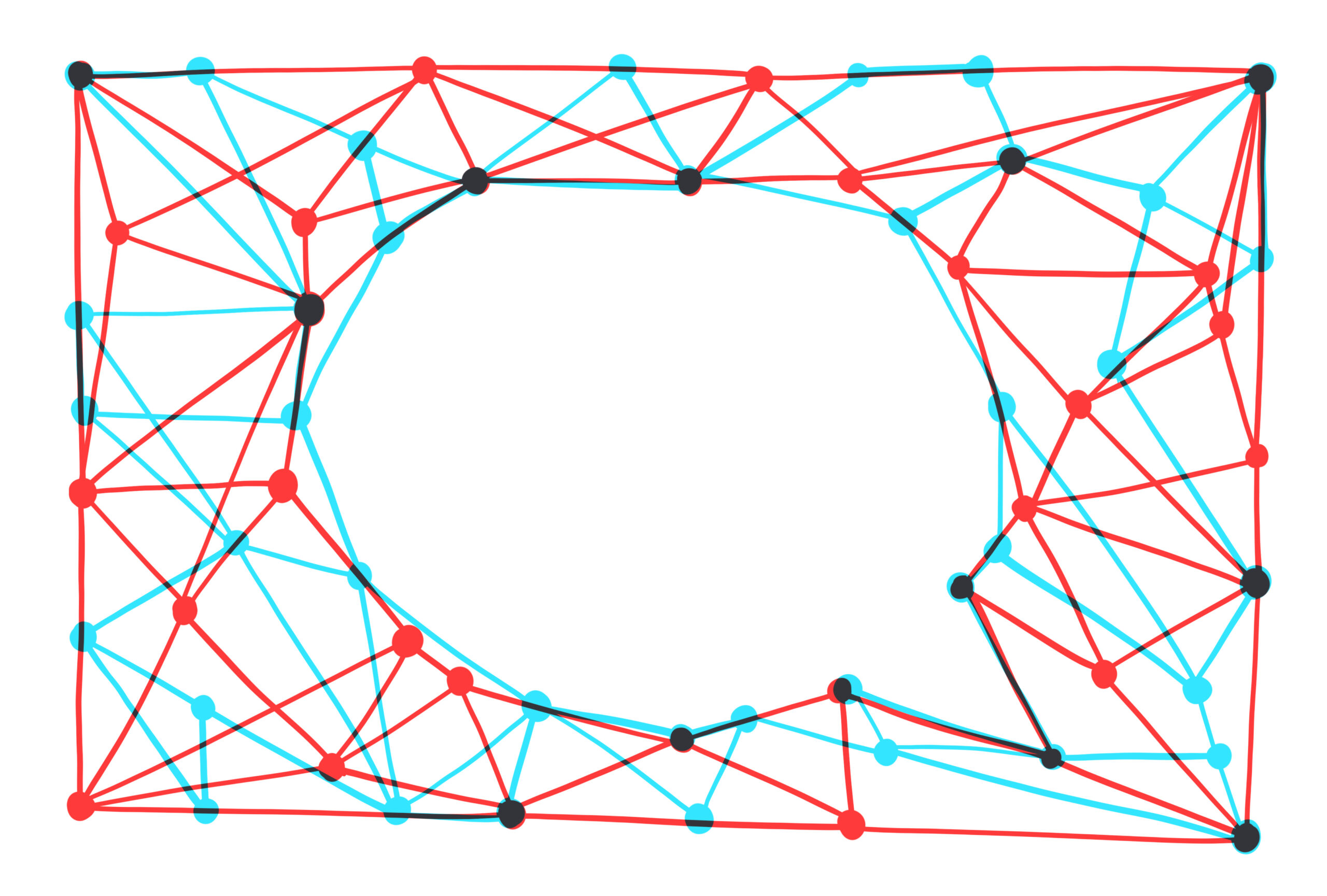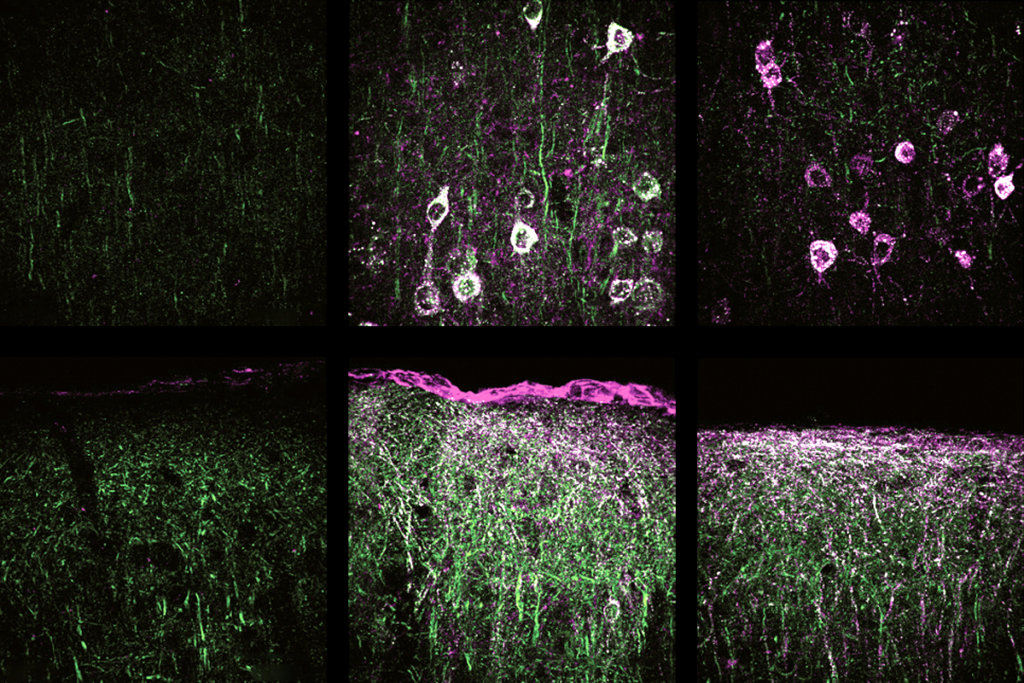Arkady Khoutorsky and Mehdi Hooshmandi, both of McGill University, described their team’s study, “Excitatory neuron-specific suppression of the integrated stress response contributes to autism-related phenotypes in fragile X syndrome,” published in Neuron 19 July.
A new study from the lab, led by @HooshmandiMehdi, reveals the role of the integrated stress response (ISR) in excitatory neurons in mediating increased protein synthesis and autism-related phenotypes in fragile X syndrome. Congrats to @cgkogkas & @SonenbergLab. @NeuroCellPress
— Arkady Khoutorsky (@AKhoutorsky) July 19, 2023
I am excited to share that our research concerning the “Excitatory neuron-specific suppression of the integrated stress response contributes to autism-related phenotypes in fragile X syndrome”, from my doctoral project is now accessible on the @NeuroCellPress.
— Mehdi Hooshmandi (@HooshmandiMehdi) July 19, 2023
The Broad Institute linked to the article “A how-to for performing quantitative bioimaging,” published on their site 13 July.
Post by @broadinstituteView on Threads
Harrison Parent of Vanderbilt University linked to his team’s article, “Trofinetide: A pioneering treatment for Rett syndrome,” published in Trends in Pharmacological Sciences 15 July. Spectrum reported on the drug’s approval in March.
Fernando Bustos of Universidad Andrés Bello shared his team’s research, “KMT2C knockout generates ASD-like behaviors in mice,” published in Frontiers in Cell and Developmental Biology 19 July.
Excited to share our first manuscript 100% made in Chile! We used CRISPR/Cas9 to produce brain KO KMT2C animals and determine its association with autism spectrum disorders. @glo_arriagada https://t.co/ZHRZPEwtXP
— Fernando J Bustos (@fjbustosf) July 19, 2023
Ilyas Singeç of FUJIFILM Cellular Dynamics explained his team’s research, “A defined roadmap of radial glia and astrocyte differentiation from human pluripotent stem cells,” published in Stem Cell Reports 13 July.
Kuldeep Kumar of the University of Montreal detailed his team’s study, “Subcortical brain alterations in carriers of genomic copy number variants,” published in the American Journal of Psychiatry 12 July.
???? Thrilled to announce our latest paper: “Subcortical Brain Alterations in Carriers of Genomic Copy Number Variants” has been published in the American Journal of Psychiatry @APAPubJournals. ????????
A tweetorial summary ???? pic.twitter.com/oOD3IP9G4a
— Kuldeep Kumar (@kkumar_iitkgp) July 19, 2023
Cloé Lheraux of Neurocentre Magendie shared linked to her team’s study, “Axo-axonic cells in neuropsychiatric disorders: A systematic review,” published in Frontiers in Cellular Neurophysiology 26 June.
If you want to learn more about the most intriguing interneurons of the brain ??? Check this nice review by @vivien_juliette @TBienvenu_mdphd https://t.co/DNcfJCjIxl
— Cloé Lheraux (@Cloe_Lheraux) July 16, 2023
Sidharth Kumar of the University of Alabama at Birmingham linked to his team’s study, “The robustness of persistent homology of brain networks to data acquisition-related non-neural variability in resting state fMRI,” published in Human Brain Mapping 14 July.
Francisco Martinez of Centogene described the study “De novo missense variants in phosphatidylinositol kinase PIP5KIγ underlie a neurodevelopmental syndrome associated with altered phosphoinositide signaling,” published in the American Journal of Human Genetics 13 July.
Mark James Adams of the University of Edinburgh linked to the study “Studying the genetics of participation using footprints left on the ascertained genotypes,” published in Nature Genetics 13 July.
Klaus Okkenhaug of the University of Cambridge posted about an upcoming conference, “The PI3K-AKT-mTOR-PTEN pathway: A new era in basic research and clinical translation,” scheduled to take place in Barcelona, Spain, from 13 to 15 September.
Joshua Gordon of the National Institute of Mental Health shared a link to Spectrum’s “Synaptic” podcast episode about Ashura Buckley.
.@NIMHgov intramural researcher Dr. Ashura Buckley studies differences in sleep patterns, which may provide clues about learning, development, & what’s different in kids who develop behavioral or neurodevelopmental disorders. More on @SimonsFdn‘s podcast.????https://t.co/BKLcpOgPe1
— Joshua A. Gordon (@NIMHDirector) July 13, 2023
Helen Tager-Flusberg of Boston University linked to “‘A catalyst for change’: NIH makes first call for research supporting minimally verbal autistic people,” published in Spectrum 18 July.
Exciting to see coverage of this topic!
‘A catalyst for change’: NIH makes first call for research supporting minimally verbal autistic people https://t.co/U63RYfani3 Newsletters via @Spectrum
— Helen Tager-Flusberg (@HelenTager) July 18, 2023
Nazim Kourdougli of the University of California, Los Angeles, tweeted about the Spectrum article “Timing is key in treating sensory traits in fragile X.”
Thanks to @Spectrum and @avaskham for writing up this very cool piece on our recent publication @NeuroCellPress ! Honored that Drs R. Batista-Brito, G. Fishell and E. Klann took time to read and comment on the paper! https://t.co/gH7S3DdLyr
— Nazim Kourdougli (@n_kourdougli) July 17, 2023
That’s it for this week’s Community Newsletter! If you have any suggestions for interesting social posts you saw in the autism research sphere, feel free to send an email to [email protected].
Follow us on Facebook, Twitter, Instagram and LinkedIn. We are also now on Threads!





